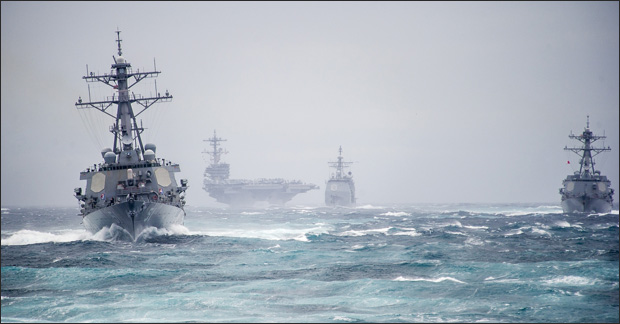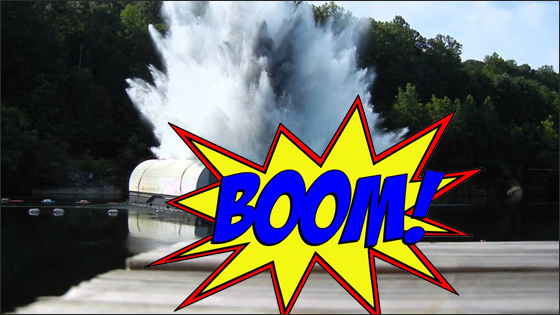With mounting global tensions, and advanced weaponry readily available to most rebel factions, components used in mission-critical and safety-critical conditions must be constructed to withstand high impact shock.
MIL-S-901D, an 82-page document published in 1989, detailed the shock testing requirements for shipboard machinery, equipment and systems, as they must endure constant stress while maintaining normal operating performance and structural integrity. However, the document deliberately left some “wiggle room” in the specifications as to how the tests are conducted, allowing manufactures a certain degree of flexibility in defining the performance characteristics of their ruggedized products.
Technological advancements are exploding! While the consumer industry has brought us the power of a desktop computer that slips conveniently into a pocket, so too has warfare and battlefield technology advanced.
The updated standard, MIL-DTL-901E, is a 142-page document published in 2017. It is written with much detail, specifically to limit ambiguity and avoid misinterpretation. After all, there should be no room for error when lives are on the line.
As MIL-S-901D has from the beginning, MIL-DTL-901E outlines rigorous testing procedures for high-impact shock testing, which is performed on a floating platform in a body of water, known as a barge test. As it involves the use of explosives, this test is quite thrilling to observe. It also adds a Medium Weight Deck Simulating Shock Test. Lightweight and medium weight testing is performed on shock machines on land. Another important goal of MIL-DTL-901E is to reduce the Total Cost of Ownership (TCO) by performing certain tests on land an an approved Deck Simulating Shock Machine (DSSM).
MIL-DTL-901E is absolutely a necessary qualification for equipment designed for harsh environments, such as battle cruisers and submarines. Most of General Digital’s LCD monitors are designed and built with the intention of meeting these requirements, including the Saber, Barracuda and Impact product lines. While in the past we’ve had various monitors tested to MIL-S-901D, it’s simply not feasible to have each and every one of our ruggedized monitors tested to MIL-DTL-901E. Though based on standard models, nearly all are built specifically to customer requirements.
Should you require more information about MIL-DTL-901E or other military specifications to which our rugged monitors are built, please feel welcome to contact a Sales Engineer for a no-obligation consultation.



